Glass should be washed at frequent intervals, particularly during the project construction when the possibility of dirt, debris and potentially harmful exposure to corrosive materials is high.
According to the National Glass Association (NGA), it is strongly recommended that window cleaners test clean a small area of one window before beginning a project in earnest. They should then stop and examine the surface carefully for any damage to the glass and/or any exposed coating. The ability to detect certain surface damage, such as light scratches, may vary greatly with lighting conditions.
The NGA also suggests that all glass surface evaluations take place during daylight hours. Scratches that are not easily seen with a dark or gray sky may be very noticeable when the sun is at a certain angle in the sky or when the sun is low in the sky. In addition, because different backgrounds may yield different observations, cleaning methods should be tested on all glass constructions on the building, including both vision and spandrel units.
Cleaning projects should begin by soaking glass surfaces with clean water and a mild, non-abrasive glass cleaning solution. Cleaners should supply generous amounts of solution to the glass surfaces with a brush, strip washer or other non-abrasive applicator, and lightly agitate to loosen the soil and debris. Immediately following the application of the cleaning solution, a window-cleaning squeegee should be used to remove all the cleaning solution from the glass surface.
During routine cleaning, care should be taken to avoid metal contact with the glass surface; razor blades and metal scrapers should not be part of routine cleaning. The use of sufficient water will help prevent abrasive particles from being trapped between the glass and the cleaning tools being used. The window cleaner needs to be diligent in keeping abrasive particles from scratching the glass.
Suggestions for cleaning most glass surfaces
- Use a wash solution that includes a mild soap or detergent, or a slightly acidic cleaning solution.
- DO NOT use any additives that contain hydrofluoric acid or have the possibility of forming hydrofluoric acid.
- DO NOT use harsh cleaners, abrasives or alkaline materials.
- Cleaning of tinted and reflective glass surfaces in direct sunlight should be avoided. The surface of the glass may be too hot to achieve satisfactory results.
- Use clean, grit free cloths, together with the wash solution, to clean the glass. In addition to being a solvent for cleaning dirty glass, wash solution acts as a lubricant to “float” loose debris off the glass surface.
- Care must be taken to ensure that gritty dirt particles picked up by the cloth do not scratch the glass.
- For best results, clean the glass top down.
- Immediately follow washing with liberal amounts of clean rinse water.
- Promptly remove excess rinse water with a clean, good quality squeegee.
- Remove grease and glazing materials with commercial solvents such as xylene, toluene, Leptyne®, turpentine, mineral spirits or naptha. Immediately follow with a normal wash and rinse.
- It is strongly recommended that the glazing material and sealant manufacturers be contacted and asked for advice regarding the selection and use of appropriate solvents that will not harm their respective products.
- Be careful not to damage glazing or insulating glass unit seals by excess application of strong solvents.
- Comply with all of the solvent manufacturer’s directions concerning safety, proper handling, toxicity, and flammability warnings.
- DO NOT use metal scrapers or tools to attempt to remove stubborn materials or stains. In extreme cases, a combination of the appropriate solvent and a PLASTIC scraper, carefully used, may work. If the glass is heat strengthened or tempered, even a plastic scraper may dislodge very small surface debris that has fused to the glass surface during the heat-treating process and cause glass damage.
Suggestions for cleaning coated glass
Coated glasses can be cleaned using the previous recommendations except for the following:
- Acidic cleaning solutions are not recommended. Use only mild soaps or detergents.
- Abrasive cleaners, fluoride salts, or hydrogen producing compounds are not recommended.
Coated glass that is glazed with the coating exposed to the outdoors should be cleaned more frequently (a minimum of 3 to 4 times per year). Materials, such as rundown from metals and masonry should be cleaned from the glass as soon as they occur so that they are not permitted a long residence time on the coated glass surface. If such rundown is not quickly removed, permanent staining and/or glass damage may occur.
Summary
Glass is a durable and high-performance material. In order to ensure peak performance and maximum longevity it is important to regularly and properly clean it. Window cleaners should test clean a small area of one window in daylight before fully proceeding. Cleaners should use clean water and a mild, non-abrasive glass cleaning solution and supply generous amounts of solution to the glass surfaces with a brush, strip washer or other non-abrasive applicator, and lightly agitate to loosen any soil and debris. A window-cleaning squeegee should be used to remove all the cleaning solution from the glass surface. Metal cleaning devices should not be used.
For complete technical information about cleaning glass surfaces, read Vitro Architectural Glass Technical Document TD-142. For any other glass questions, please contact Vitro Glass.



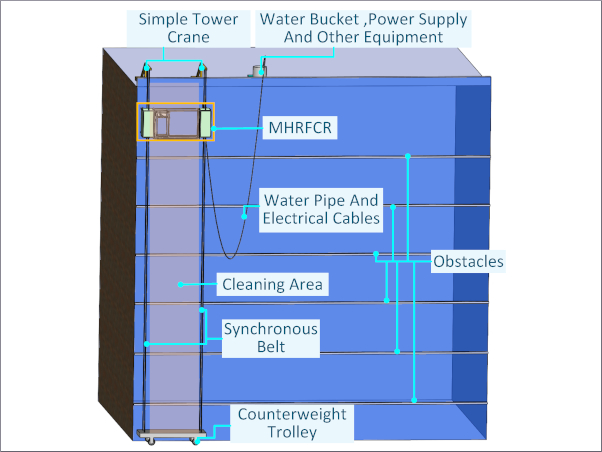
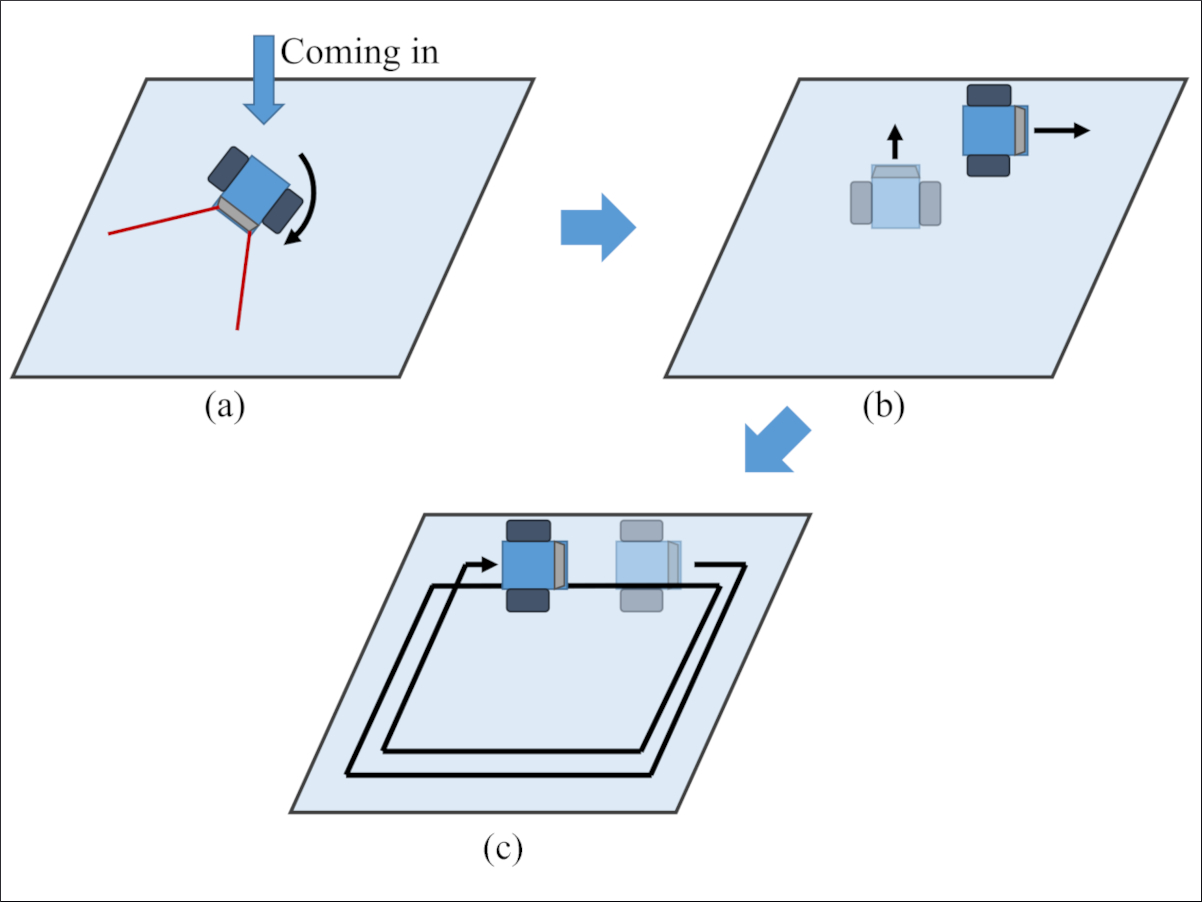



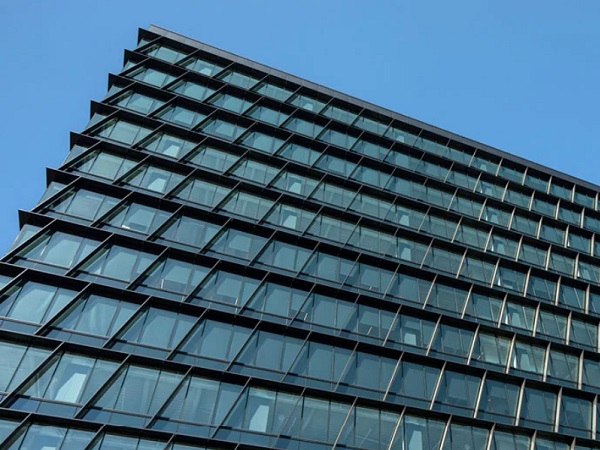






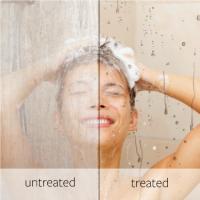
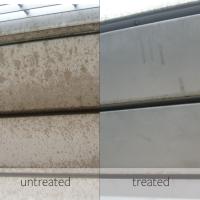
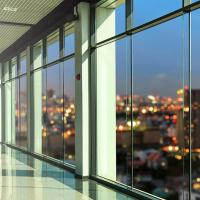

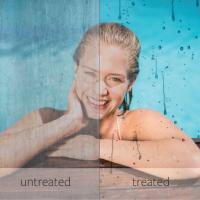
Comments
Glass surfaces should be soaked in clean water and a gentle, non-abrasive glass cleaning solution before beginning any cleaning task.